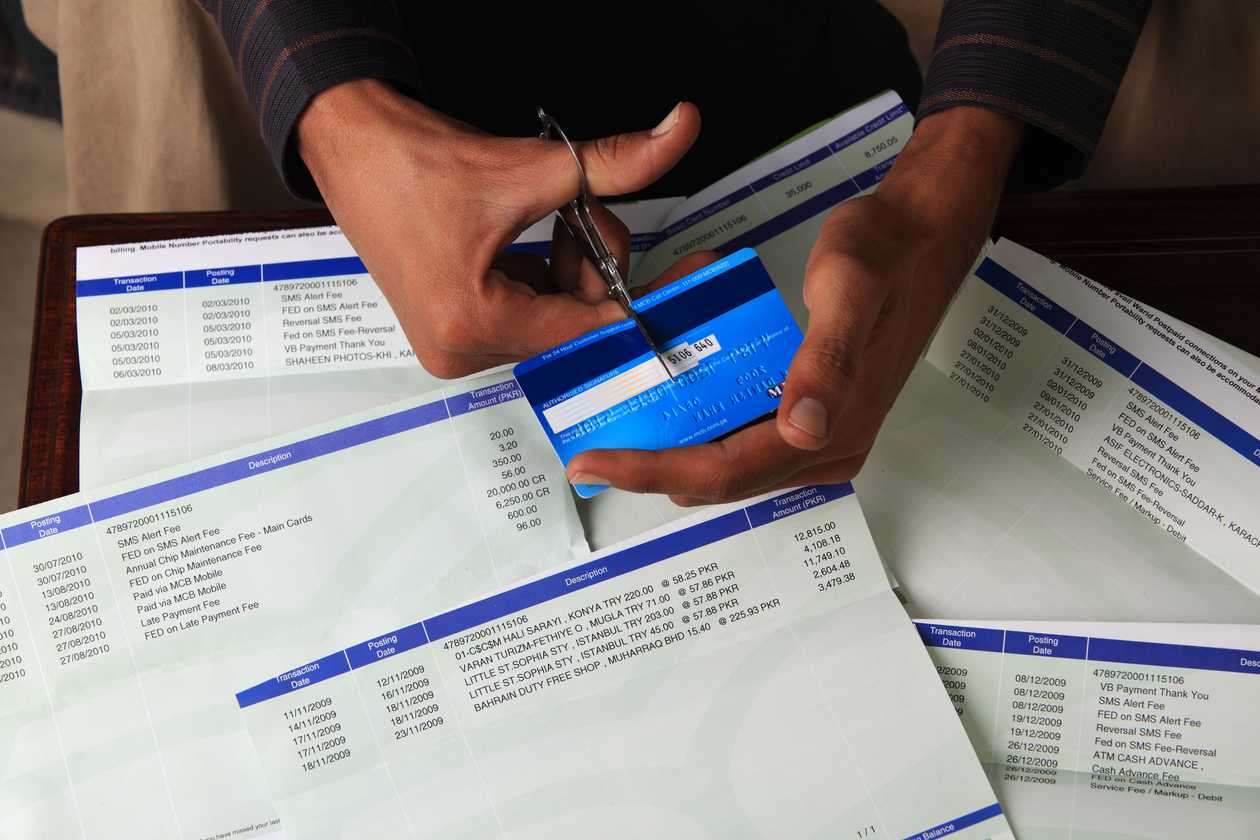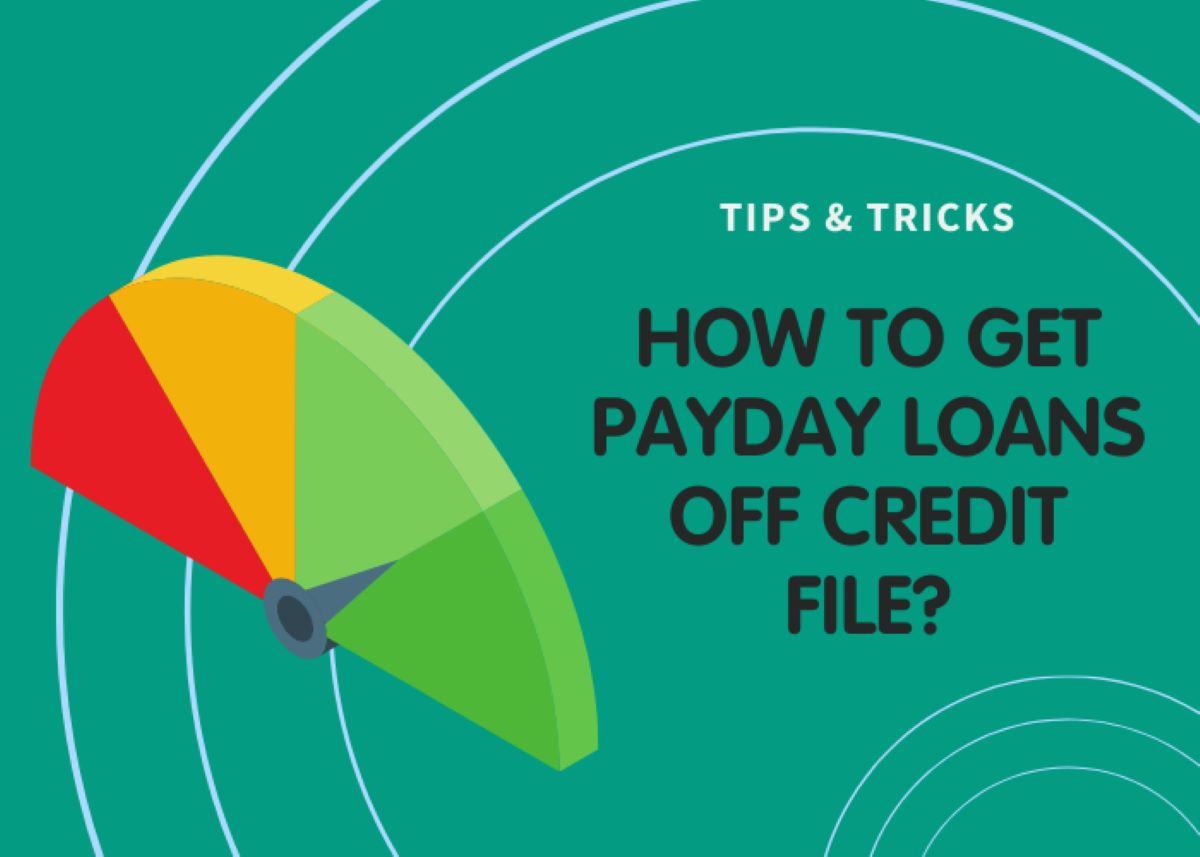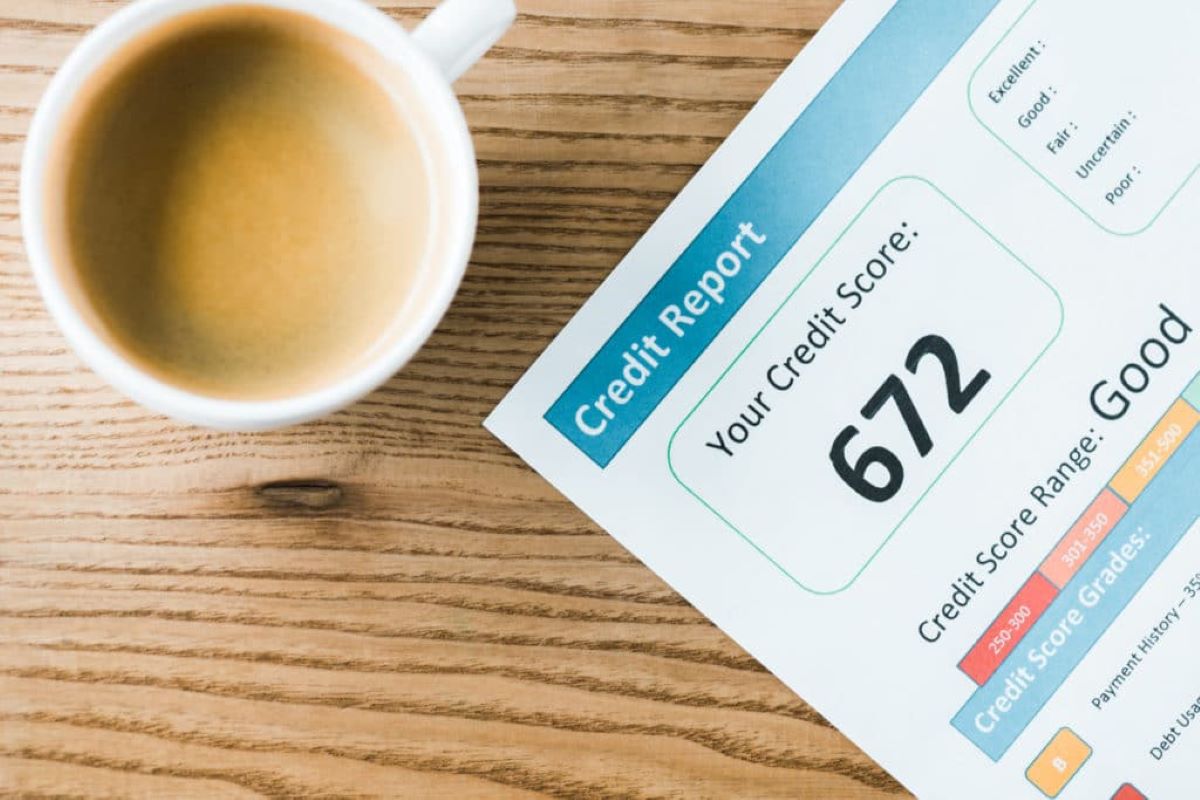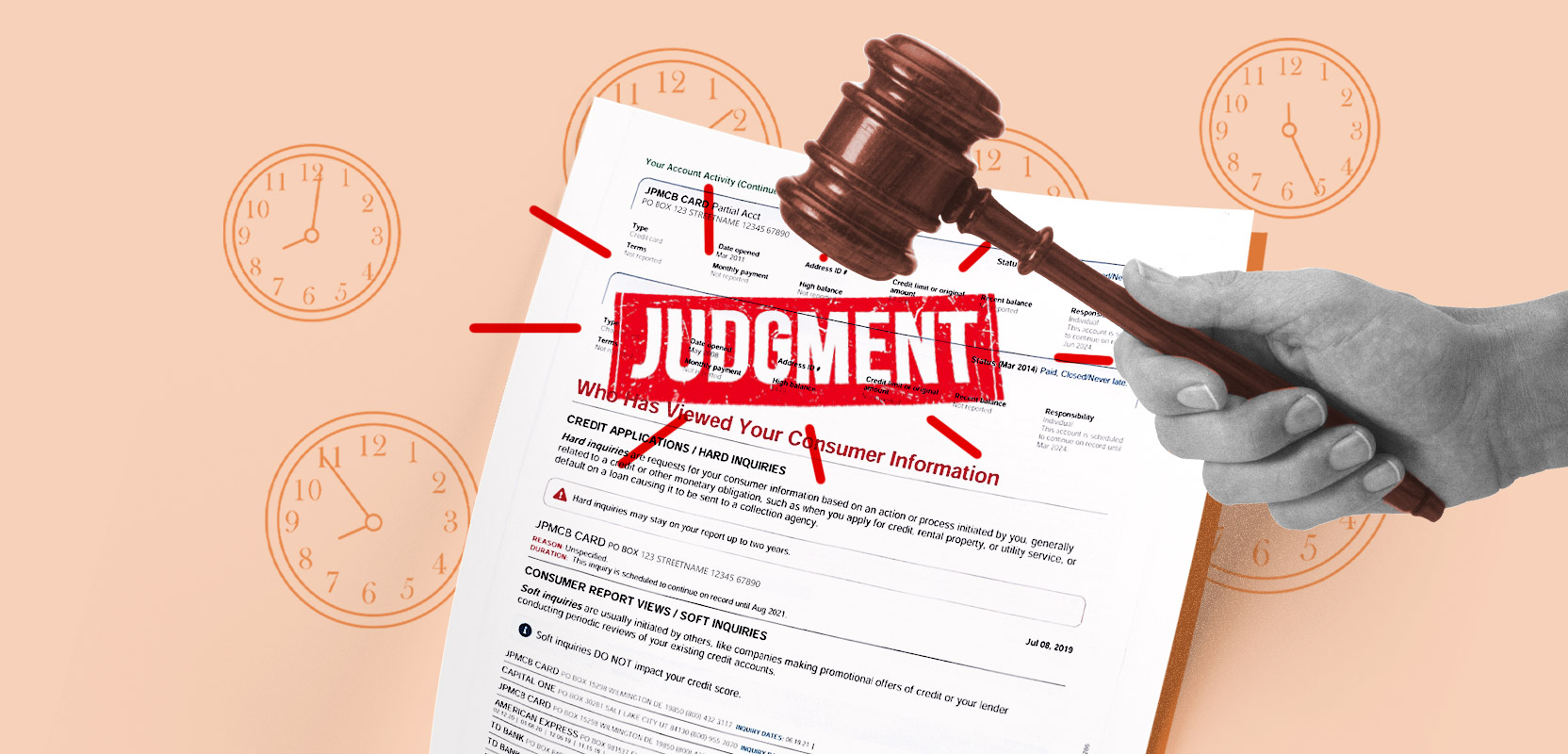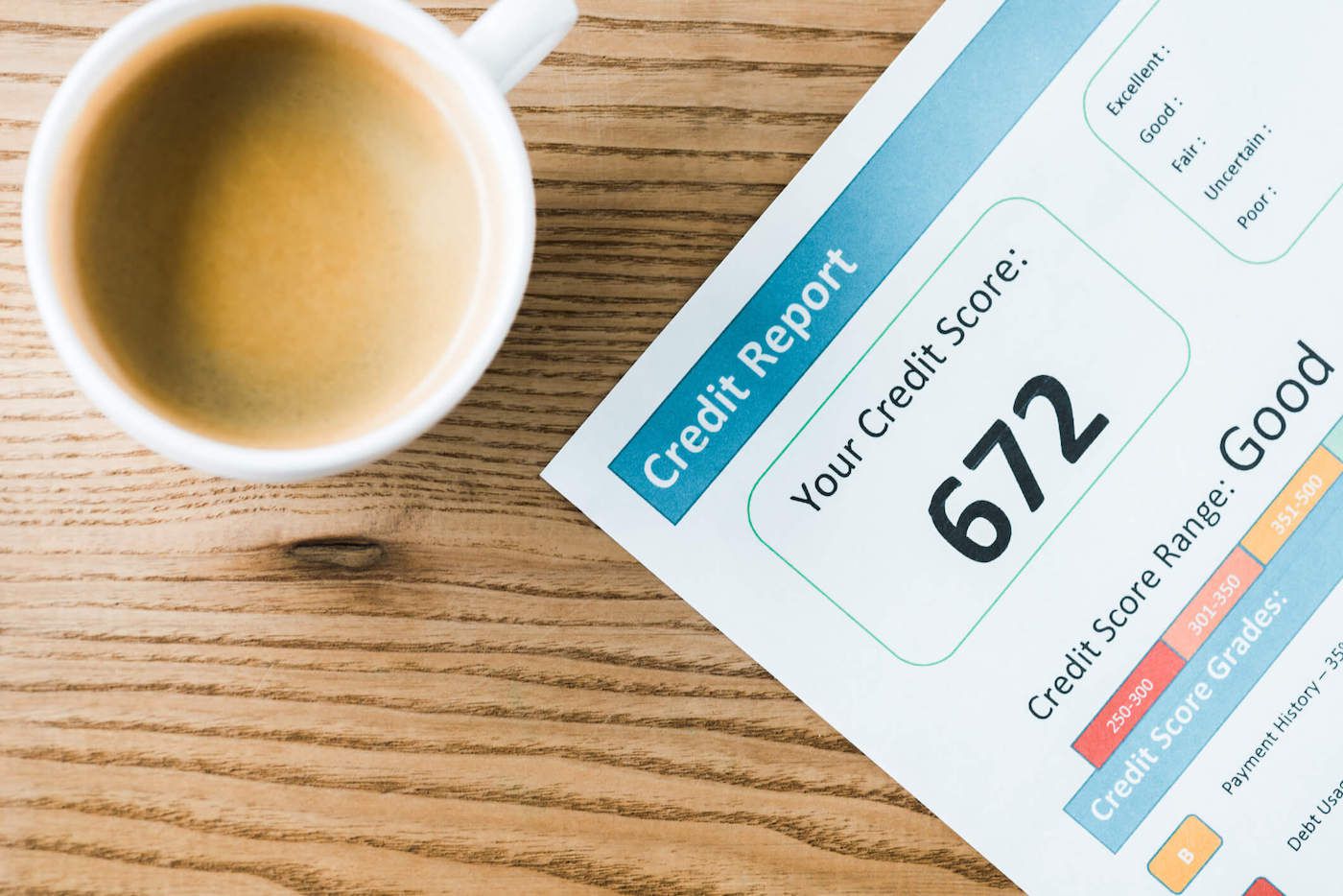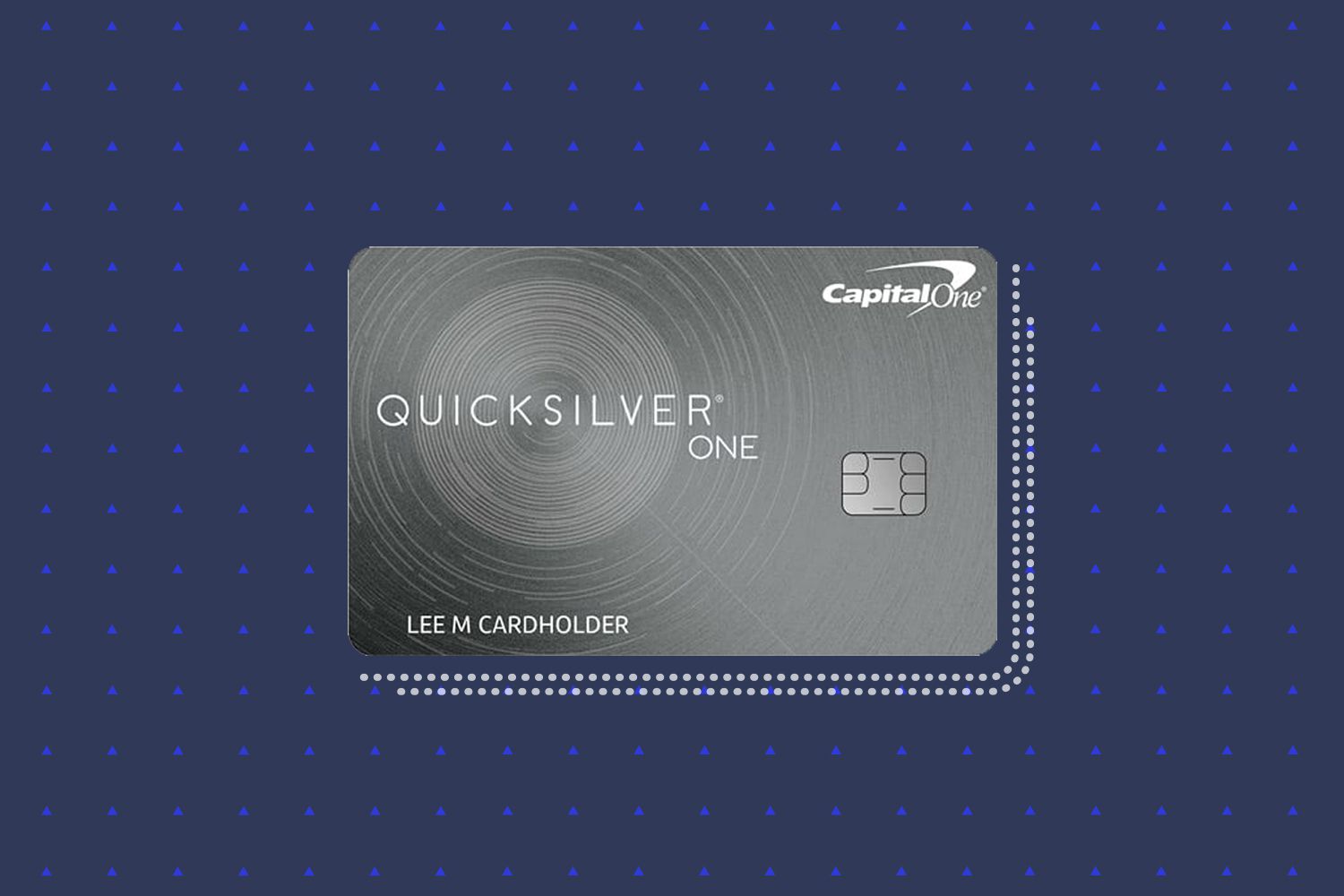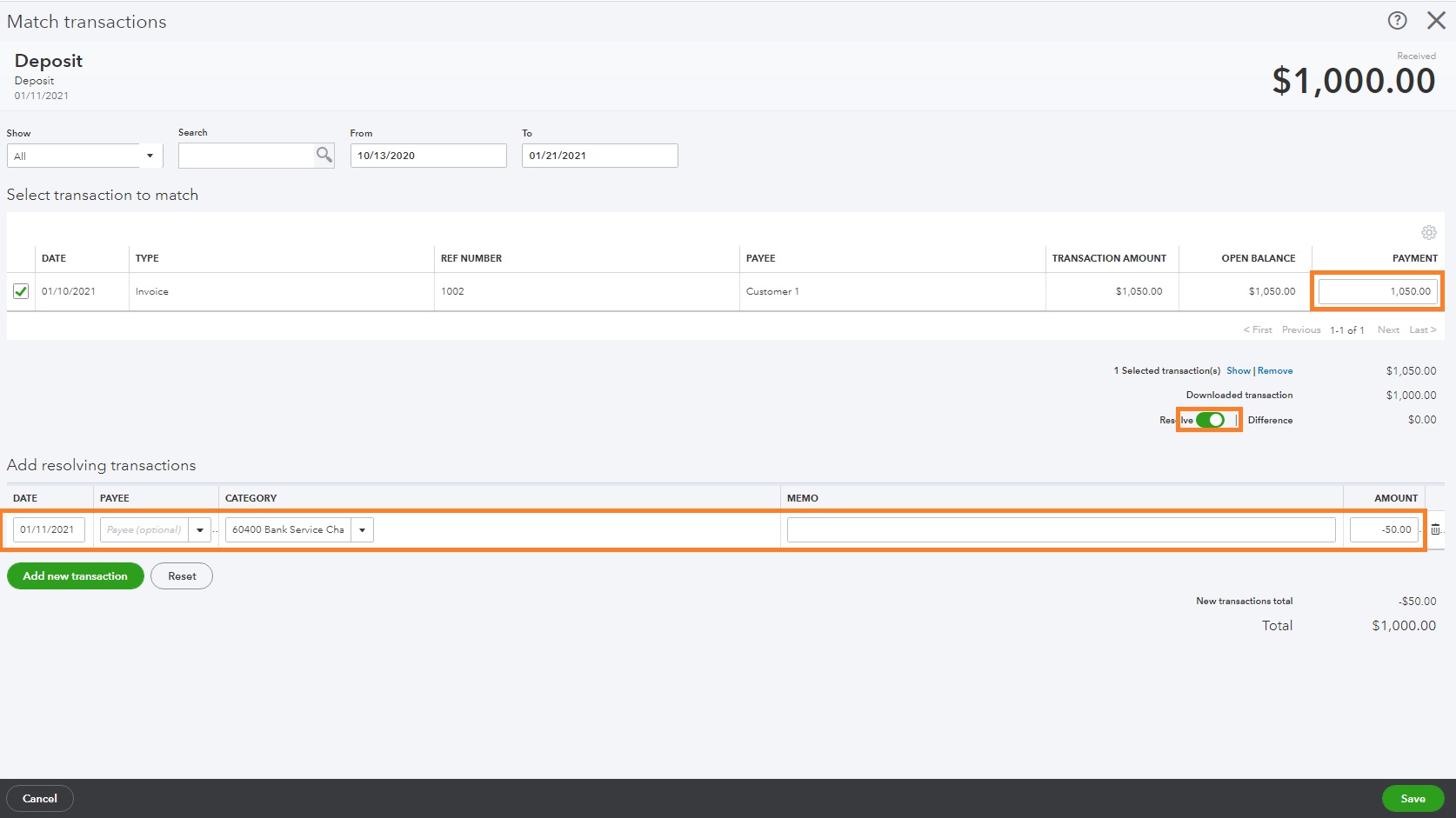

Finance
How Long Does A Voluntary Repo Stay On Credit
Published: January 8, 2024
Learn about the impact of a voluntary repo on your credit score and how long it stays on your credit report. Understand the financial implications with our comprehensive guide on finance.
(Many of the links in this article redirect to a specific reviewed product. Your purchase of these products through affiliate links helps to generate commission for LiveWell, at no extra cost. Learn more)
Table of Contents
Introduction
When financial difficulties arise and car owners find themselves unable to keep up with their loan or lease payments, they may choose to voluntarily surrender their vehicle to the lender. This process, known as a voluntary repossession or voluntary repo, allows the borrower to return the car to the lender in order to avoid the stress and costs associated with a forced repossession.
While a voluntary repo can provide temporary relief, it is important for car owners to understand the potential consequences it may have on their credit. Credit plays a crucial role in many aspects of our financial lives, including loan eligibility, interest rates, and even employment opportunities. Therefore, it is essential to be aware of how a voluntary repo can impact credit and how long it may stay on a credit report.
In this article, we will explore what a voluntary repo entails and how it affects credit. Additionally, we will delve into the factors that determine the length of time a voluntary repo remains on a credit report. Finally, we will provide some strategies to minimize the negative impact of a voluntary repo on credit.
What is a Voluntary Repo?
A voluntary repo, also known as a voluntary repossession or voluntary surrender, occurs when a borrower chooses to return their vehicle to the lender because they are unable to make the necessary loan or lease payments. Rather than waiting for the lender to initiate a forced repossession, the borrower takes the proactive step of relinquishing the car themselves.
When a borrower decides on a voluntary repo, they typically contact the lender to inform them of their decision. The lender will then guide the borrower through the necessary steps to return the vehicle, which may involve arranging a pickup or drop-off location.
It is important to note that a voluntary repo does not absolve the borrower of their remaining financial obligations. While the act of surrendering the vehicle may provide some temporary relief, the borrower is still responsible for any outstanding balance on the loan or lease. In some cases, the lender may sell the repossessed vehicle at auction in order to recoup a portion of the unpaid debt.
Voluntary repos are often seen as a last resort for individuals facing financial hardship. They may be unable to afford the car payments due to job loss, medical expenses, or other unforeseen circumstances. By opting for a voluntary repo, borrowers hope to minimize the negative impact of a forced repossession and potentially avoid additional fees and legal consequences.
How Does a Voluntary Repo Impact Credit?
A voluntary repo can have a significant impact on an individual’s credit profile. While it may seem like a responsible decision to return the vehicle to the lender voluntarily, it still reflects a default on the loan or lease agreement. Here are some key ways in which a voluntary repo can impact credit:
- Negative mark on credit report: When a voluntary repo occurs, the lender will report it to the credit bureaus. This will result in a negative entry on the borrower’s credit report, indicating that they failed to fulfill their financial obligations.
- Credit score decrease: A voluntary repo can lead to a significant drop in credit scores. The exact impact on the credit score will depend on various factors, such as the individual’s existing credit history and the overall condition of their credit.
- Difficulty obtaining future credit: With a repo on their credit report, borrowers may find it challenging to secure future credit. Lenders may view them as high-risk borrowers and may be hesitant to extend new loans or credit lines.
- Higher interest rates: Even if borrowers are approved for future credit, they may face higher interest rates due to the negative impact on their credit. Lenders may consider them to be higher-risk borrowers, leading to less favorable loan terms.
- Employment implications: In some cases, a voluntary repo may also have implications for employment. Certain job positions, particularly those involving financial responsibilities or a requirement for a good credit standing, may be impacted.
It is crucial for borrowers to understand that the impact of a voluntary repo on credit can be long-lasting. The repo will typically remain on credit reports for several years, affecting creditworthiness and financial opportunities during that time.
How Long Does a Voluntary Repo Stay on Credit?
The duration for which a voluntary repo stays on a credit report can vary depending on several factors. In most cases, a voluntary repo will remain on a credit report for up to seven years. This is the standard reporting period for negative entries, such as late payments, collections, and repossessions.
It’s important to note that the impact of a voluntary repo on a credit score may lessen over time. As the repo gets older, its negative influence on creditworthiness diminishes. Lenders may be more willing to extend credit to borrowers with a repo in their past if they have demonstrated responsible financial behavior since then.
However, it’s essential to keep in mind that even though the repo itself may no longer appear on the credit report after seven years, the effects of the repo may still linger. For example, if the borrower did not resolve the outstanding loan balance or negotiate a settlement with the lender, the unpaid debt may be sent to collections. This will result in a separate negative entry on the credit report, which can also remain for up to seven years.
It’s worth mentioning that credit reporting practices may vary slightly between different countries and credit bureaus. Therefore, it’s essential for individuals to familiarize themselves with the specific reporting guidelines and regulations in their respective locations.
While a voluntary repo can have a significant impact on credit for several years, it’s important to remember that credit histories can be rebuilt. By adopting responsible financial habits, such as making timely payments, keeping credit utilization low, and maintaining a diverse mix of credit, borrowers can gradually improve their creditworthiness over time.
Factors that Affect the Length of Time a Voluntary Repo Stays on Credit
The specific length of time that a voluntary repo stays on a credit report can be influenced by various factors. Understanding these factors can shed light on the duration of the repo’s impact on credit. Here are some key considerations:
- State laws: Credit reporting practices can be influenced by state laws. In some states, there may be specific rules regarding the reporting period for repossessions, including voluntary repos. It’s important to be aware of the regulations applicable in a particular jurisdiction.
- Credit bureau policies: Different credit bureaus may have slightly different policies regarding reporting timeframes. While most negative entries, including voluntary repos, are reported for up to seven years, it’s advisable to review the policies of the major credit bureaus to understand their specific reporting practices.
- Additional negative entries: If there are other negative entries on a borrower’s credit report, such as missed payments or other accounts in collections, the presence of a voluntary repo may have a cumulative effect on creditworthiness. The overall impact could be more severe and prolonged.
- Financial recovery: The borrower’s ability to recover financially after the voluntary repo can influence how long it impacts credit. If the borrower takes proactive steps to rebuild their credit, such as making timely payments on other accounts and maintaining a good payment history, the impact of the repo may diminish over time.
- Settlement or payment negotiation: The outcome of any negotiated settlement with the lender can also affect the reporting duration. If the borrower is able to resolve the outstanding debt or negotiate a payment plan, the impact on credit may be mitigated.
It’s important to note that while these factors can influence the length of time a voluntary repo stays on a credit report, the standard reporting period for most negative entries, including voluntary repos, is up to seven years. Therefore, borrowers should anticipate the repo to impact their credit for a significant period and take appropriate steps to rebuild their creditworthiness.
How to Minimize the Negative Impact of a Voluntary Repo on Credit
While a voluntary repo can have a significant impact on credit, there are steps that individuals can take to minimize its negative effects. Here are some strategies to help mitigate the impact of a voluntary repo:
- Communicate with the lender: Before resorting to a voluntary repo, it is vital to keep lines of communication open with the lender. Exploring alternative options, such as loan modifications or payment plans, may help prevent repossession altogether.
- Negotiate a settlement: If a voluntary repo is inevitable, it may be possible to negotiate a settlement with the lender. By reaching an agreement to pay off a portion of the remaining debt, borrowers can potentially avoid further negative repercussions and show a willingness to address their financial responsibilities.
- Rebuild credit afterwards: After a voluntary repo, it’s essential to focus on rebuilding credit. Making timely payments on existing accounts, reducing credit card balances, and establishing new positive credit accounts can help demonstrate responsible financial behavior to creditors.
- Limit new credit applications: While rebuilding credit, it’s advisable to avoid multiple new credit applications. Too many inquiries on a credit report can negatively impact credit scores, so it’s better to be selective and strategic when applying for new credit.
- Monitor credit reports: Regularly monitoring credit reports can help identify any errors or inaccuracies related to the voluntary repo. If any discrepancies are found, borrowers can dispute them with the credit bureaus to ensure accurate reporting.
- Seek professional guidance: Financial counseling or credit repair services can provide guidance and support in navigating the impact of a voluntary repo on credit. These professionals can help individuals develop personalized strategies to minimize the negative effects and improve their credit standing.
While it may take time, effort, and patience to rebuild credit after a voluntary repo, it is possible to improve creditworthiness over time. By implementing responsible financial practices and taking proactive steps towards credit repair, individuals can mitigate the negative impact of a voluntary repo and work towards a stronger financial future.
Conclusion
A voluntary repo can have a significant impact on an individual’s credit. It marks a default on a loan or lease agreement, leading to negative entries on credit reports and potential decreases in credit scores. The repo can make it more challenging to obtain future credit and may result in higher interest rates. Additionally, certain job positions that require good credit may be affected.
Typically, a voluntary repo will stay on a credit report for up to seven years. However, the impact on creditworthiness may lessen over time. Factors such as state laws, credit bureau policies, and the borrower’s financial recovery efforts can affect the duration of the repo’s impact.
To minimize the negative impact of a voluntary repo on credit, individuals can communicate with their lenders to explore alternatives, negotiate settlements, and actively rebuild their credit. Focusing on responsible financial practices, limiting new credit applications, monitoring credit reports, and seeking professional guidance can all contribute to improving creditworthiness over time.
While a voluntary repo may pose temporary challenges, it’s important to remember that credit can be rebuilt. By taking proactive steps and demonstrating financial responsibility, individuals can overcome the negative impact of a voluntary repo and work towards a brighter financial future.
